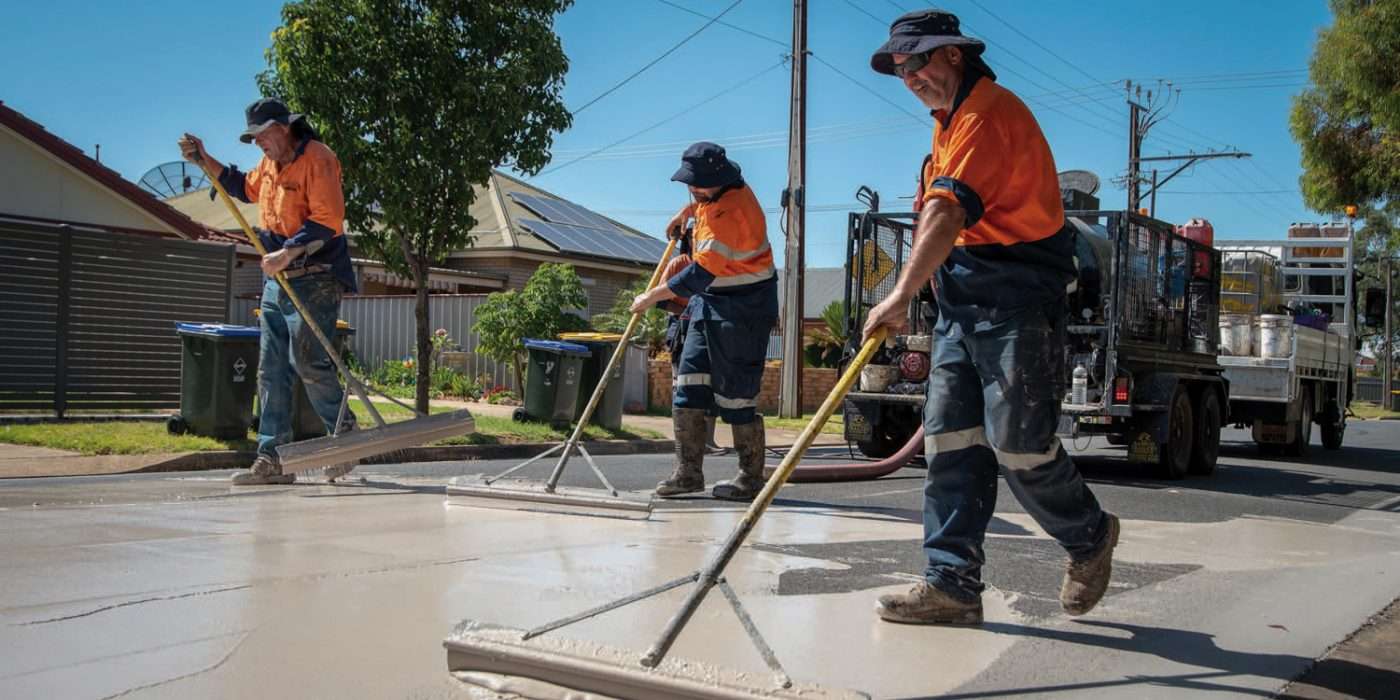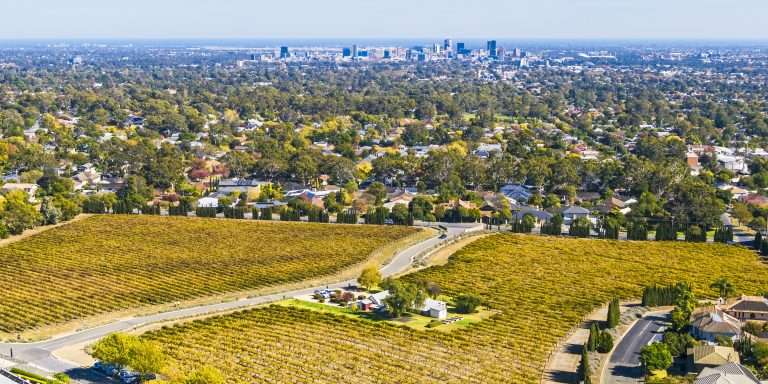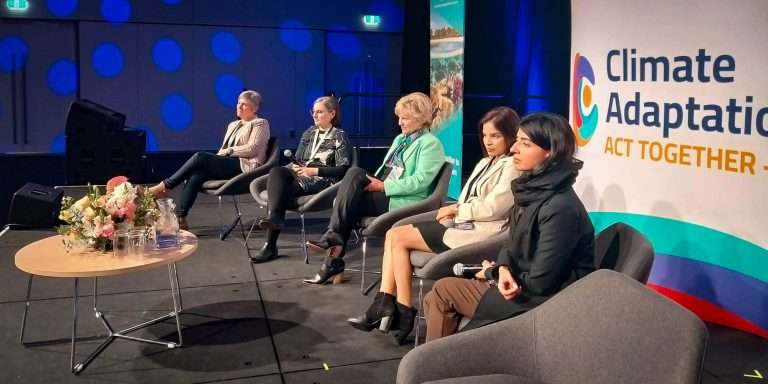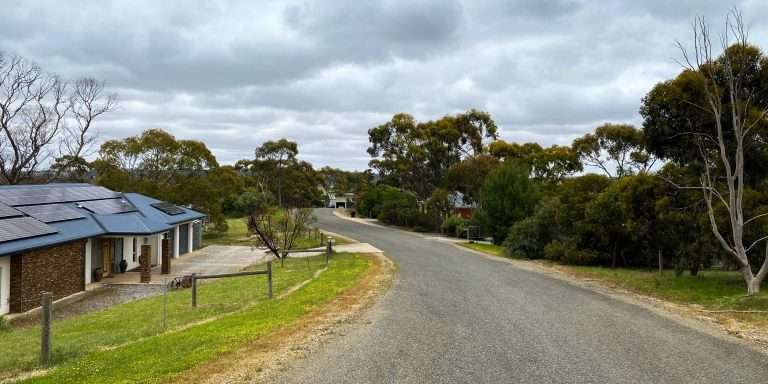Heatwaves have caused more deaths than any other type of natural disaster. During a heatwave, everyone is at risk of heat-related illness, not to mention the impacts on plants and animals. There is often associated disruption to services and infrastructure at times when they are most needed.
Climate change is causing heatwaves to be longer, hotter and more frequent. They are also occurring earlier in summer. Records for the hottest day and the most number of days over 40oC in South Australia were set in 2019.
In this context, URPS has been working with the Local Government Association SA to prepare a Heatwave Guide for Local Government in South Australia.
The Guide provides information to help Councils understand what they can do to help look after their communities, their staff and their assets before, during and after heatwaves.
Some fascinating information and initiatives we have found during this project include:
- Data collected by SA Water shows that irrigated green cover can cool outdoor temperatures by more than 7oC on a 35oC day.
- The City of Charles Sturt undertook a trial application of CoolSeal® – a light-coloured reflective asphalt coating. This reduced the surface temperature of the road surface by an average of 6oC.
- Flying foxes are extremely sensitive to extreme heat. Temperatures above 42oC can kill them. During recent heatwaves around 10,000 flying foxes in the Adelaide Zoo colony died. A system of misting and cooling is being installed to cool the colony and avoid future mass deaths.
- Realising that working in hot conditions is a seasonal hazard of living in South Australia, the City of Adelaide scrapped their stop work trigger and transitioned to a leader-led safety system, giving team leaders flexibility to accommodate individuals’ needs and meet their duty of care requirements for outdoor staff.
The Guide provides a range of checklists to help councils, including guidance on preparing a heatwave communications plan, review of council facilities to be used during heatwaves and how to protect outdoor workers during hot weather. The Guide is available on the LGA website members page. We think that the LGA’s Heatwave Guide will become a great resource for Local Government.
Photo courtesy City of Charles Sturt



